When anti-Mormon mobs went rioting in Sunderland
and live on Freeview channel 276
The red brick building with its blocked-in windows, minds its own business on Tunstall Road in Ashbrooke. It has no signage to indicate its function, past or present, although today it is used by the city’s branch of the Order of Women’s Freemasons.
It was originally built as a small school in the early part of the 20th century, but by 1912 had become home to the Sunderland branch of the Church of Jesus Christ of Latter-day Saints – the Mormons. This gave them a permanent home after years of hiring venues to hold their meetings.
Advertisement
Hide AdAdvertisement
Hide AdBut in the same year it became the hub of mass demonstrations, rioting and some shameful religious intolerance.
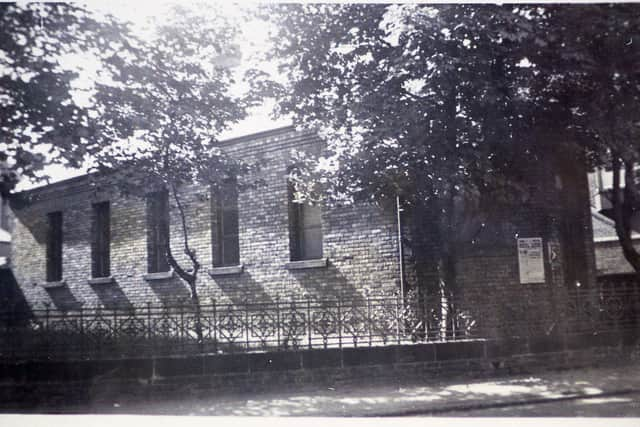

Demonstrations and riots
Mormonism had first come to Sunderland in 1843. The religion was founded in the USA in 1830. Like many things deemed alien to the general populace, it was treated with suspicion.
The Mormon population on Wearside had never been more than 100 or so, partly because its adherents were keen to emigrate to HQ – Salt Lake City in Utah.
Elder J Eugene Lichfield was a missionary sent to Britain in 1910. He spent most of his mission in the Sunderland area after arriving from the US. He became increasingly worried about the safety of his flock and himself.
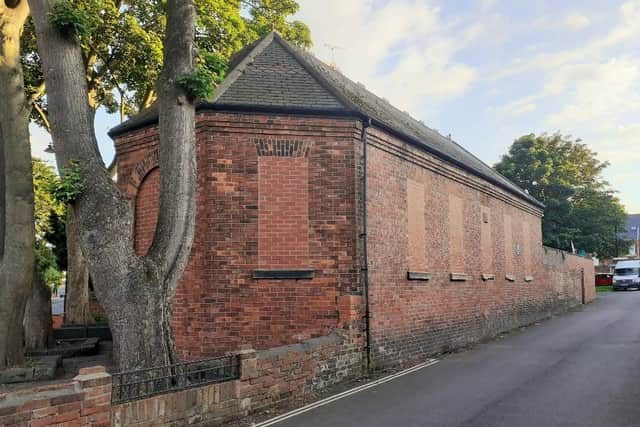

Advertisement
Hide AdAdvertisement
Hide AdPolice would have to protect the Tunstall Road chapel. Elders were being bombarded by missiles when they left the building.
According to the Latter Day Saints website, on June 8, 1912, Elder Lichfield received a chilling note. It read: “Mr Lichfield you are a good man, but we will kill you tonight.”
A mob is also alleged to have gathered outside Lichfield’s Azalea Terrace home that night, firing a bullet through his hat. The next day, a Sunday, the windows of the Tunstall Road chapel were smashed while the missionaries were gathered inside.
What we know for sure
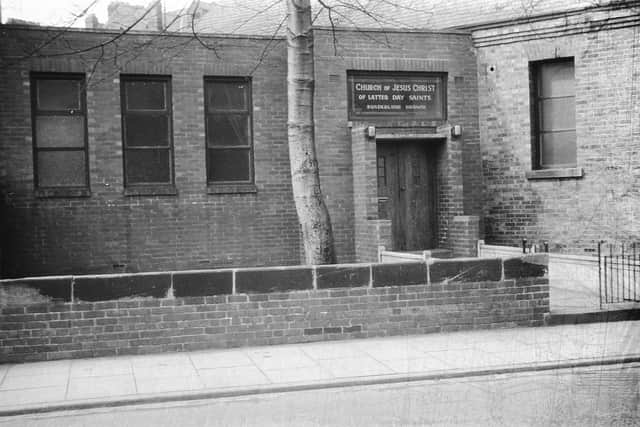

The website contains some romantic sounding anecdotes. Yet although an entirely reliable account of exactly what occurred may be lost to us now, there is no doubt that anti-Mormon feelings and ensuing violence were prevalent in Sunderland in 1912.
Advertisement
Hide AdAdvertisement
Hide AdWe do know that before Lichfield received that written threat, the chief constable of Sunderland, a Mr Carter, had said that no crowds would be allowed to gather outside the Mormon church. That was not how things played out.
Fifteen youths were prosecuted for breaking windows and the Mormons claimed against Sunderland Corporation for the damage. But still the persecution continued.
A meeting was held at Victoria Hall on Toward Road in May and attended by the Mayor of Sunderland himself, Mr Edward Hazard Brown. A similar meeting was held at the hall in June too, when anti-Mormon demonstrations were planned.
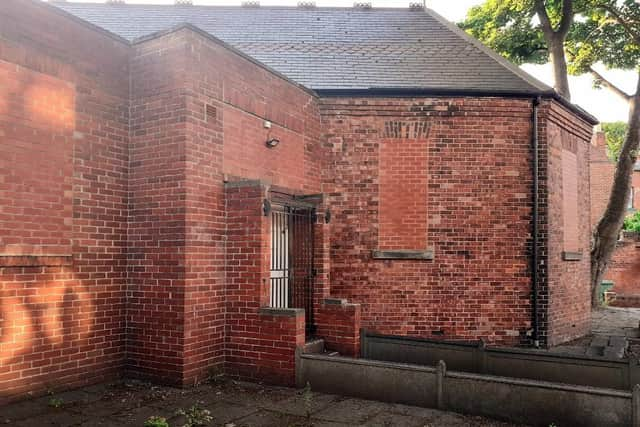

A motion, unanimously passed, was put to the assembly “That Sunderland should prohibit its (Mormonism’s) pernicious influences in this district”.
Advertisement
Hide AdAdvertisement
Hide AdOn Sunday, June 23 a procession of several thousand headed to the Mormon chapel. It was led by a brass band, but the procession was rather more menacing than that might suggest. A large banner said bluntly: “Mormons must leave Sunderland.”
Police managed to escort the elders home safely. But the church was repeatedly vandalised after that. Then on February 24, 1913 the sporadic rioting finally claimed a life. Elder RH Hendricks was crushed when rioters yet again forced their way into the church, although his death certificate gave the cause as an ongoing fever.
The US Consulate was brought in and things calmed down after that. Letters were sent to the Echo defending the religion.
Anti-Mormon sentiment of this kind in Britain lasted between about 1910 and 1914. The Mormons did not leave the Tunstall Road church until 1965, when the current church was built behind the Rosedene pub on Queen Alexandra Road.
Background
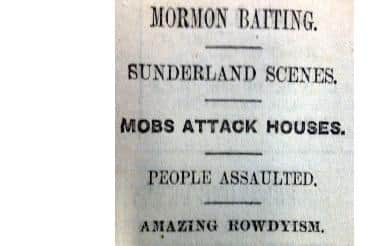

Advertisement
Hide AdAdvertisement
Hide AdLooking back at the situation now we might conclude that any group of society deemed out of step with the majority was ripe for persecution. An age-old and sadly ongoing situation around the world.
As per the Book of Mormon, followers believed that certain events had taken place that “traditional” Christians could not countenance; such as Christ appearing in North America shortly after his resurrection. This outraged many.
Others were scandalised by polygamy; the practice of being married to more than one woman at a time. This was despite polygamy being banned by the church in 1904 and no evidence that such marriages were ever sanctioned in Britain.
The ban on the ordination of black men into the Mormon priesthood was in place until 1978. But in 1912 no one seemed remotely concerned by that.
Advertisement
Hide AdAdvertisement
Hide AdLudicrous anti-Mormon rumours circulated on Wearside about a secret tunnel beneath Tunstall Road, which was being used to help abduct girls and take them to Salt Lake City.
A notorious film
What really precipitated the violence was a popular Danish propaganda film called A Victim of the Mormons, which tapped into the ugly prevailing mood.
In it, a Mormon villain charms the virtuous heroine to sail to America. She changes her mind and is consequently held captive in a Salt Lake City cellar, before the goodies pop over from Copenhagen to carry out a daring rescue. The pantomime baddie then accidentally shoots himself.
Accuracy, unlike profit, was not uppermost in the director’s mind when filming this absurd production. At one point the baddie is seen pouring himself a whisky; hardly the behaviour of a fanatical Mormon.
Advertisement
Hide AdAdvertisement
Hide AdBut the film was produced to make money; not tell a true story. It was very commercially successful, but its misinformation also created much tension. Not least in Sunderland.
